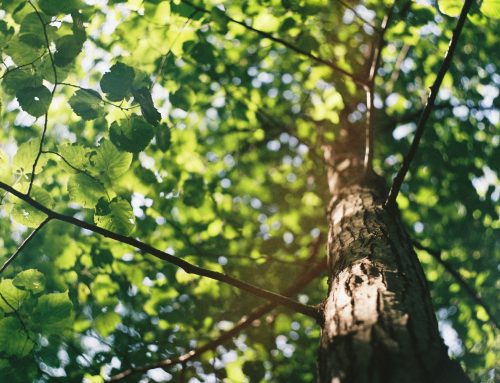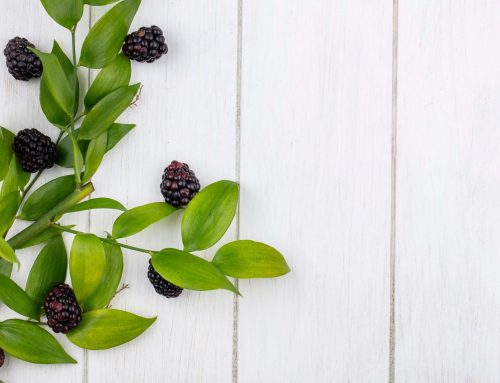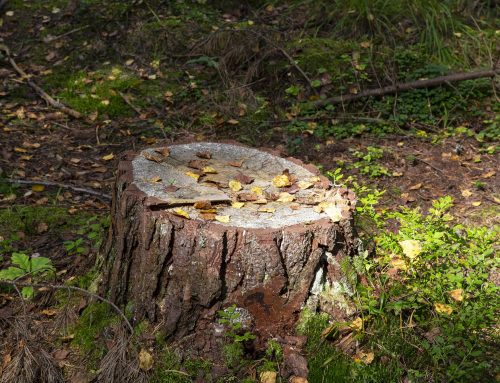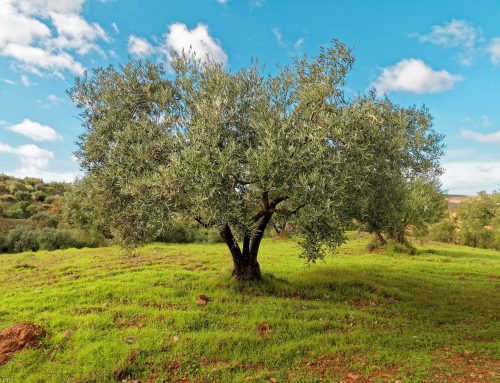Palm trees are almost a staple feature for anyone who lives or owns property in a warm climate like Florida. While they are fairly low maintenance once established, they do require adequate water, sunlight, and fertilizer to flourish. If you’re looking to add some palms to your landscaping or need some advice for why your palms are looking less than their best, this is the article for you. We’ll cover the ins and outs of palm tree fertilizer, how to apply palm tree fertilizer, and when I should fertilize palm trees. Keep reading to learn more!
Do Palm Trees Need Special Fertilizer?
While Florida has beautiful weather, it also tends to have sandy soil which tends to drain very quickly and not leave any vital nutrients for your palms. Because of this, palm tree fertilizer should not be applied when watering you palm trees. The plant’s roots will not have enough time to soak up the palm tree fertilizer adequately. Instead, the best palm tree fertilizer is known as slow-release fertilizer as it especially formulated for fertilizing palm trees.
Slow-release palm tree fertilizer can be purchased as granules, spikes, or pellets. This special type of palm tree fertilizer releases small doses of nutrients and minerals to palm tree roots over an extended period. If you are using pellets or granules, be sure to apply them directly to the soil above the root zone of your palm, under its canopy.
When Should I Fertilize Palm Trees?
Palm tree fertilizer should ideally be applied one to three times a year. This will depend on the type of slow-release palm tree fertilizer you have purchased. For example, some fertilizer will instruct you to “feed up to 3 months”. For a palm tree fertilizer that has instructions, “feeds up to 6 months”, you would apply this type of fertilizer less often than the initial example. Most landscapers would advise that you should apply the first dose of your palm fertilizer in the early spring. If you palm only requires two feedings, the second dose should be applied in roughly the middle of the summer. Please note that you should always follow the instructions of the palm tree fertilizer you purchased carefully.
If you over-fertilize your palms this could be more harmful than not applying the fertilizer in the first place. Another important tip for fertilizing you palm tree is to pay attention to the palm fronds as well. If you see palm fronds that are completely brown and dead, those can be removed. However, fronds that are orange in color, speckled, or bronzy in color should not be removed. Those leaves are alive and important for your palm to be able to grow new fronds. Leave these be and focus on fertilizing your palm tree appropriately.
If you’re looking to improve or maintain the appearance of palm trees in your home’s landscaping, you may want to speak to a landscaper with lots of experience helping palm trees thrive. At Cutters Edge, our team members consist of ISA Certified Arborist and Landscape Inspectors (among others) who have years of experience working with palm trees in South Florida. Get in touch today to discuss your specific landscaping needs.





